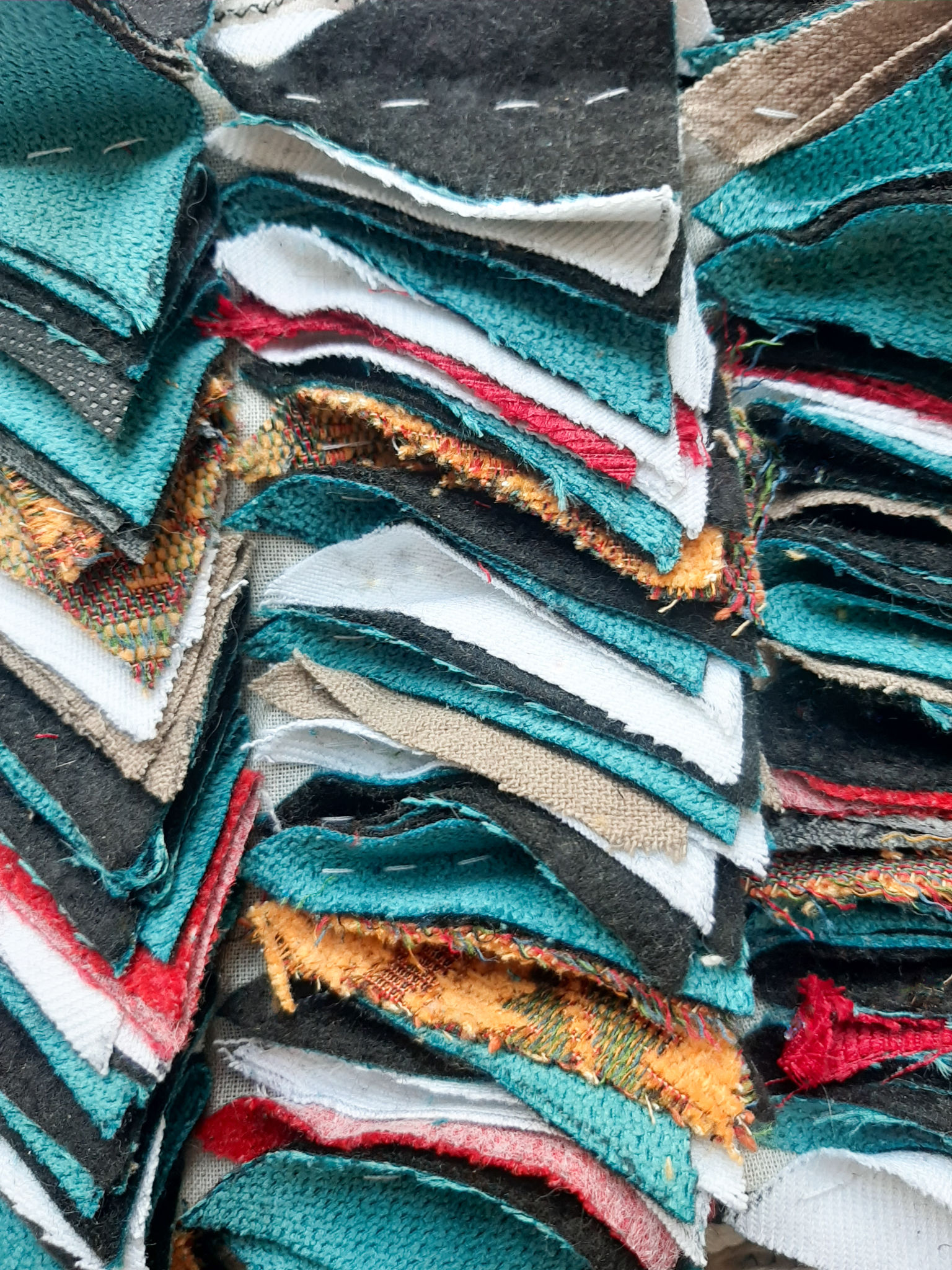Frequently Asked Questions About Natural Dyes and Their Environmental Impact
What Are Natural Dyes?
Natural dyes are colorants derived from plants, minerals, and other organic sources. These dyes are used to color textiles, foods, and even cosmetics. Unlike synthetic dyes, which are made from petrochemicals, natural dyes are obtained from renewable sources and are often considered more eco-friendly.
The use of natural dyes dates back thousands of years, with evidence of their use in ancient cultures around the world. Today, they are gaining popularity as consumers become more environmentally conscious and seek sustainable alternatives.

How Are Natural Dyes Made?
The process of creating natural dyes typically involves extracting pigments from raw materials. This can be done through various methods, such as boiling, soaking, or fermenting plant materials like leaves, roots, and flowers. Some dyes are also made from insects or minerals.
Once the pigment is extracted, it is often mixed with a mordant—a substance that helps the dye bind to the fabric. Common mordants include alum, iron, and tannin. The choice of mordant can affect the final color and fastness of the dye.
What Is the Environmental Impact of Natural Dyes?
Natural dyes are generally considered to be more environmentally friendly than synthetic dyes. They are biodegradable and do not release harmful chemicals into the environment during production or after use. This makes them a popular choice for sustainable fashion and eco-conscious consumers.
However, it is important to note that not all natural dyes are created equal. Some require large amounts of water or land to produce, which can have their own environmental impacts. Additionally, the use of certain mordants can introduce heavy metals into the environment if not handled properly.

Are Natural Dyes Safe for Human Use?
In general, natural dyes are considered safe for human use, particularly in textiles and cosmetics. They do not contain the harsh chemicals found in many synthetic dyes, which can cause skin irritation or allergic reactions.
However, some individuals may still experience sensitivity to certain natural dyes. It is always a good idea to test a small area of skin before using a new product made with natural dyes.
Why Choose Natural Dyes?
There are several reasons to choose natural dyes over synthetic alternatives. For one, they offer a unique palette of colors that cannot be replicated with synthetic dyes. Each batch of natural dye can vary slightly in color, resulting in truly one-of-a-kind textiles.
Natural dyes also align with the values of consumers who prioritize sustainability and ethical production. By choosing products dyed with natural colors, you support environmentally responsible practices and help reduce the demand for harmful synthetic dyes.

Conclusion
Natural dyes offer a beautiful and sustainable alternative to synthetic dyes. While they have a generally lower environmental impact, it's important to be mindful of their production processes and the materials used. By understanding the benefits and limitations of natural dyes, consumers can make informed choices that support both their values and the planet.
